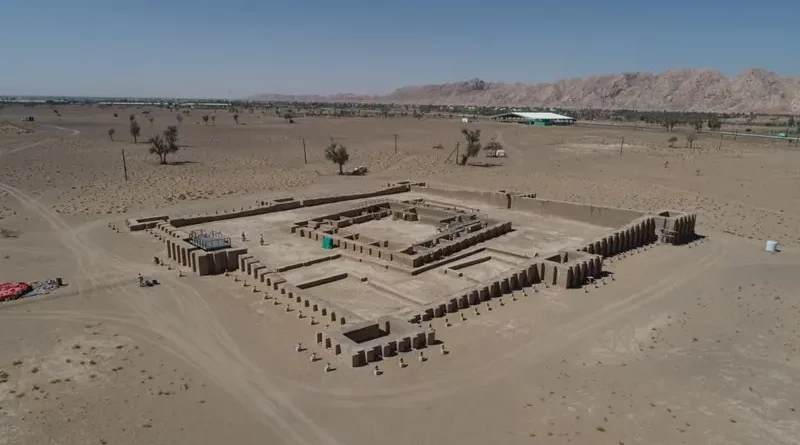Sharjah has four UNESCO World Heritage potential sites
SHARJAH: The Sharjah Archaeology Authority revealed early this month that four important Sharjah ancient sites had been added to the preliminary UNESCO World Heritage List.
In preparation for the final submission of the cultural landscape file for the central region, the authority has recorded all the following: the site of Mleiha: the pre-Islamic period in the southeast of the Arabian Peninsula, and the sites of stone inscriptions in Khatum Melaha and Khor Fakkan, and the site of Wadi Helo: evidence of copper mining in the Arabian Peninsula, and the site of the prehistoric cultural scene in Faya.
“The registration of these sites is the result of a series of studies conducted by the authority in collaboration with academic experts and specialists to assess their cultural value and archaeological importance at the global level, as these studies also dealt with historical value and state of preservation reports,” said Dr. Sabah Jassim, Director-General of the Sharjah Archaeology Authority.
Dr. Jassim confirmed that the preliminary list of archaeological sites, which began in 2021, is part of the authority’s strategy to sustain and preserve the emirate’s tangible cultural heritage and promote these sites worldwide.
The initiative included researching the features of the emirate’s cultural heritage locations and showing their cultural worth, ensuring their designation as world heritage sites. The locations fulfil the World Heritage standards by achieving one of the ten criteria and demonstrating exceptional universal value.
Inclusion on the UNESCO provisional list is considered a prerequisite for inclusion on the World Heritage final list and a factor in encouraging future tourist business at these sites.
Faya’s prehistoric cultural landscape
The Faya Mountains are an exceptional illustration of a desert environment during the Stone Age, dating early human habitation from the start of the Middle Stone Age until the Neolithic Period, during shifting weather conditions in the Arabian Peninsula.
Geological and climatic investigations of the site’s history strata revealed the continuation of human habitation 210,000 years ago. The historical discoveries at the site date the evolution of settlement and residents from groups of hunters to migratory herdsmen with unique burial rituals, which helped scientists create a novel view of the nature of human adaptation to the environment.

